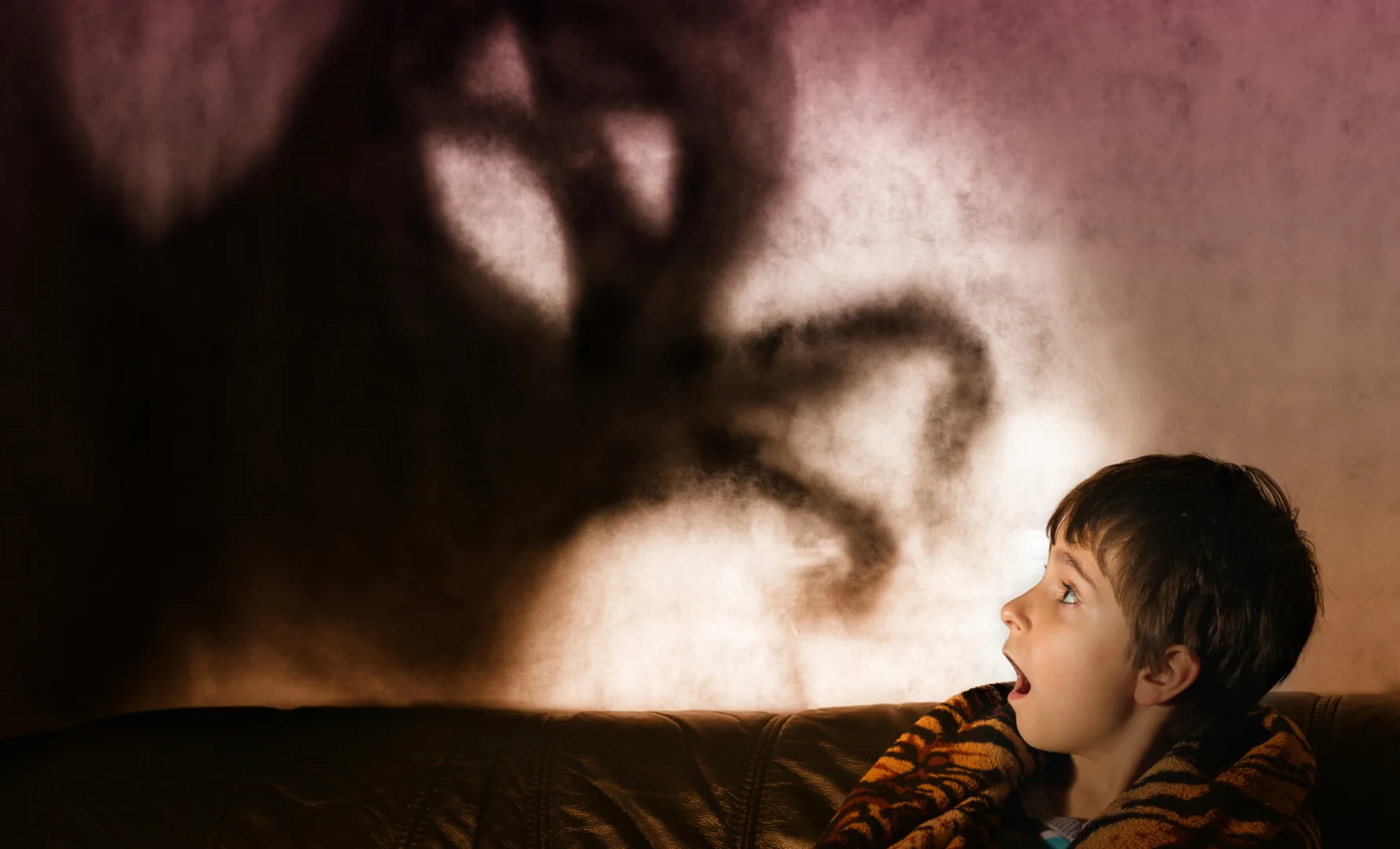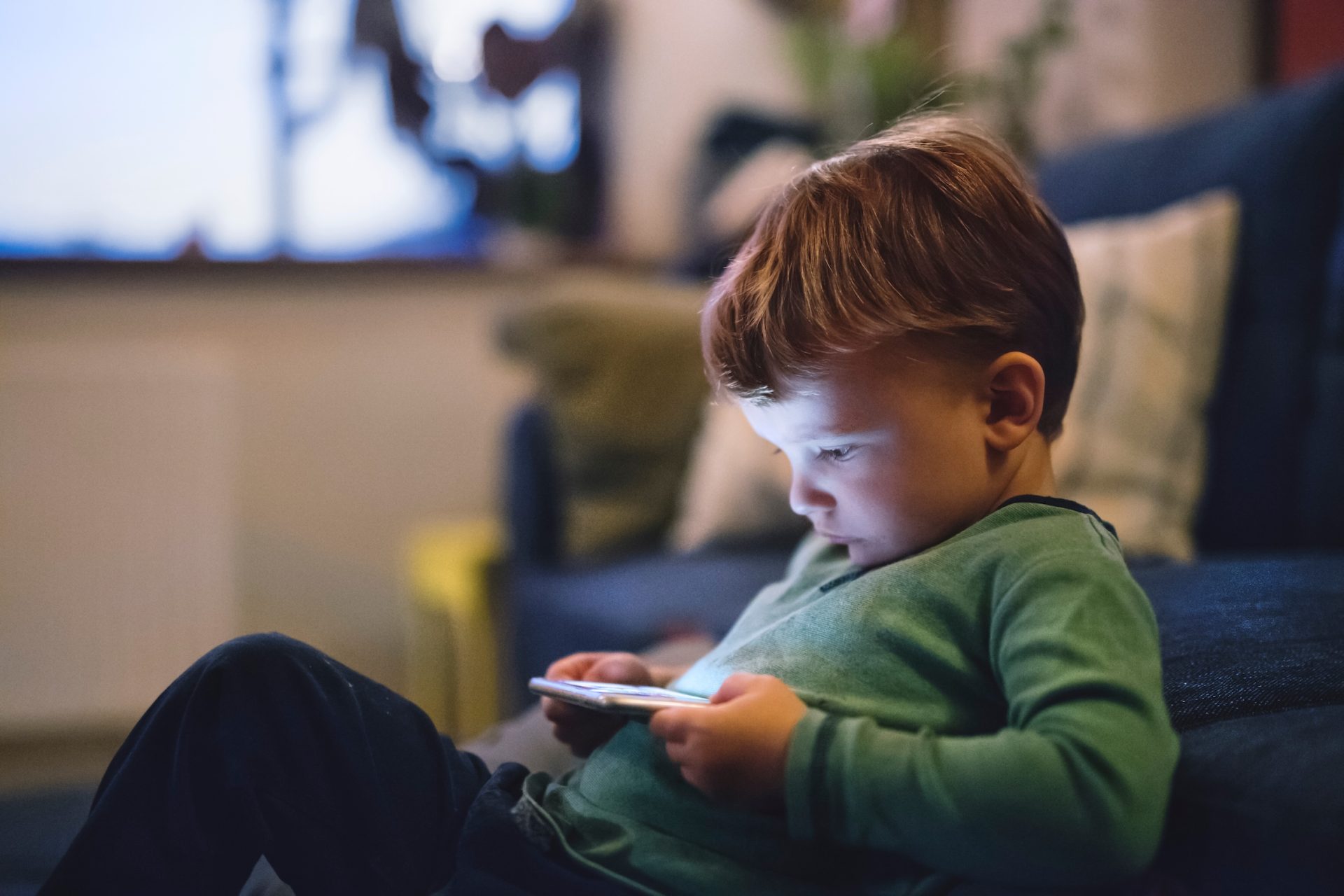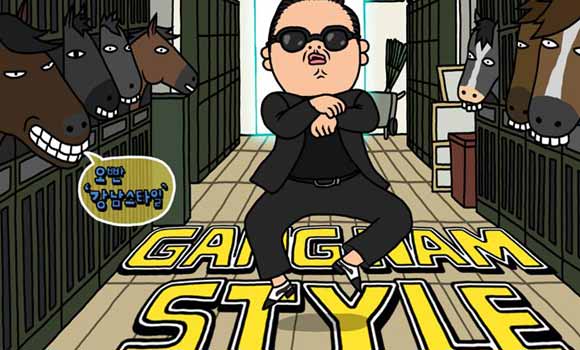Have no fear of the darkness
I love you
I’m near you
You’re so safe now my sweetness..
We are approaching Halloween, the night of witches, ghosts and monsters that so appeal to and impress children.
But Halloween is also a holiday that turns fear into fun and joy, a way to exorcise fears that we all have since we are children. Thus, we want to take this opportunity to talk about fear and to explore with parents how right it is to face with their children themes that can make them afraid, such as death, separation, the unknown, badness, etc.
Every day children are struggling with their own shadows, and for this reason many believe it is helpful to prevent them from further trauma by raising them in a sugar coated world where confrontation with fear is denied. Even, in some cases, they even go so far as to demonize folktales about villains, ogres or monstrous characters that might increase the sense of insecurity and anguish in young children. Over the years many stories, considered too sad and gory have even been rewritten and turned into colorful and sparkly cartoons with happy endings where the protagonists are happy characters and families with happy lives.
However, fairy tales are a metaphor for life, and how is it possible to deny to a child that death, grief, and difficult moments to overcome exist?
In fact, fear is a primary emotion and in all probability has a self-protective function that is useful in a child’s growth, because it is able to activate behaviors in them that defend them from potential dangers: if, for example, a child were not afraid of the dark, they would not be restrained from walking in unsafe, dark places, easily risking injury.
While the different fears of children as they grow up are potentially endless and depend to a large extent on individual history, there are however a variety of fears that can be considered typical of the developmental age (Quadrio Aristarchi, Puggelli, 2006): that of separation, darkness, death, abandonment, snakes, ghosts, monsters, the doctor, etc. (To learn more we recommend the article: What are children’s fears…).
This is precisely why it is essential for a parent to help their child recognize and understand their fears by helping them to externalize and overcome them. It is also important to understand when real needs and requests for help are hidden behind some fears.
Many times children’s fears also end up distressing their parents and indeed often the parents are the ones who feed them through the mechanism called “emotional contagion.”
If the parents are frightened, the child will be even more frightened because they learn and reinforce the idea that stimulus is really dangerous; if the parents, on the contrary, minimize what happened, it helps them to put it in the right perspective (Quadrio Aristarchi, Puggelli, 2006).
Among the many methods and ways recommended by child psychologists to help children confront their fears (we point you to the article Children’s Fears? No Panic), storytelling is certainly one of the most effective.
The famous psychologist Bruno Bettelheim argued that telling young children scary stories is important because it helps them exorcise anxieties and communicate them outward.
Through fairy tales, children learn to experience strong emotions in a protected way, without being directly involved in them and enjoying the reassuring closeness of a parent. At the same time they learn that, just as in fairy tales heroes achieve royalty and happiness, in real life too it is possible to overcome adversity with strength, intelligence and courage.
In almost all folk tales we find some recurring elements such as fear, courage, the defeat of danger, and happy endings.
In Little Red Riding Hood, the wolf personifies the danger, which will be defeated through courage and intelligence. The story ends with a happy ending, where all the protagonists are stronger and happier than before. Also in Hansel and Gretel, the two children bravely manage to free themselves from the witch and return home to their father. Snow White ‘s stepmother is wicked, evil and powerful, even using magic, but equally she is defeated in the end!
As writer Gilbert Keith Chesterton argued, “Fairy tales do not tell children that dragons exist. Children already know that dragons exist. Fairy tales tell children that dragons can be killed.”
So the good news is that the bad guys can be defeated, and that is exactly what our children need to know!







